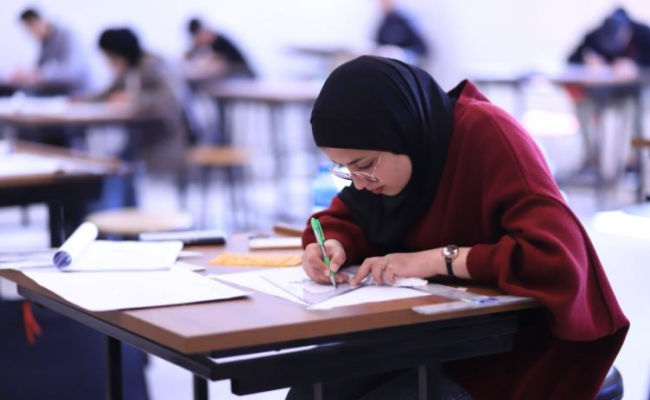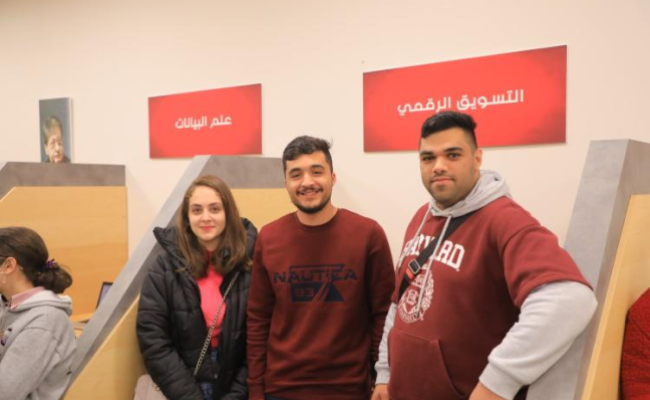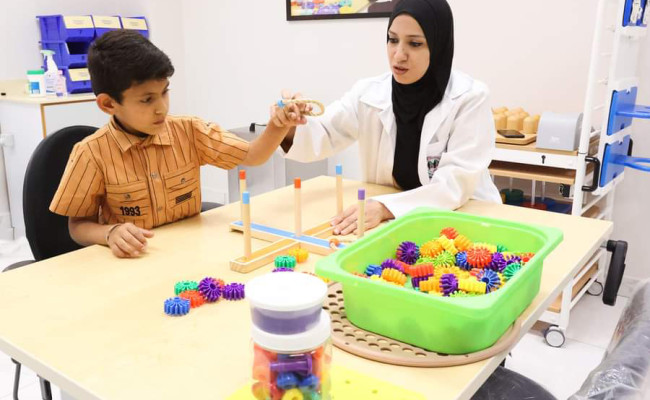This study sought to investigate how the Palestinian Ministry of Women’s Affairs uses the digital world to implement strategies to protect the Palestinian public from ideas opposing the CEDAW Agreement through the use of a mixed methods approach, or mixed-methods, through a questionnaire that was randomly distributed in the West Bank and Gaza Strip. , and East Jerusalem, with a representative stratified random sample consisting of (3048) citizens from the West Bank, East Jerusalem, and the Gaza Strip, And interviews with public relations practitioners in the Ministry of Women’s Affairs and those responsible for everything related to the CEDAW Convention, in order to learn about all the merits of the agreement, and to study the ministry’s messages and the extent of their application of the strategies of immunization theory and the (W2O) model and how to benefit from the digital world to predict the crisis as an expected surprise and to benefit from digital analysis tools. To manage the crisis as well the results of the study showed that the sources of the Ministry of the Interior were like the participation of employees of other ministries in brainstorming to make the decision to join the CEDAW Convention, and the Public Relations Department had basically nothing to do with the issue. The results of the interviews also showed that the Ministry of Women’s Affairs did not rely primarily on examining the experiences of Arab countries. The other and its local crises related to the decision to join the CEDAW agreement and benefit from its experiences, whether through the media or digital analysis tools, due to its lack of resources and specialized staff, and it did not conduct opinion polls to learn about it. On the views of the Palestinian public on the agreement before joining it the Ministry limited itself to awareness-raising workshops to try to educate people and simplify the provisions of the CEDAW Agreement for them, but the results of the questionnaire distributed to (3048) Palestinian citizens, of whom only (870) respondents had heard of the CEDAW Agreement, prove that the Ministry did not reach all categories of its audiences, and in general the average The Palestinian public’s evaluation of the CEDAW agreement, according to the questionnaire (5.4), where (1) is very negative, and (10) is very positive, the Ministry limited itself to awareness-raising workshops to try to educate people and simplify the provisions of the CEDAW Agreement for them, but the results of the questionnaire distributed to (3048) Palestinian citizens, of whom only (870) respondents had heard of the CEDAW Agreement, prove that the Ministry did not reach all categories of its audiences, and in general the average The Palestinian public’s evaluation of the CEDAW agreement, according to the questionnaire (5.4), where (1) is very negative, and (10) is very positive.
Main navigation
- Main
-
About AAUP
Image


Give university
For those who wish to donate to the university, you can make your donations by filling out the donation form
-
Study
Image


Arab American University Library
A distinguished library at the local and international levels by providing all electronic and paper information resources.
-
University life
Image


Inspiring success stories from the Arab American University
Success represents the pinnacle of persistence in the face of failure. So, these are the success stories we will share with you that reveal the path taken by some of our university’s graduates.
-
University centers
- Center for Research and Polling
- Climate Change Center
- Conflict Studies Research Center
- Continuing Education Center
- Dental Center
- E-Learning Center
- Hassib Sabbagh Center of Excellence
- Heart Center
- Language Center
- Medical Center - Ramallah
- National Digital Transformation and Artificial Intelligence Center
- Prosthetics and Orthotics Factory
- Simulation Center
Image

Medical Rehabilitation Complex
-
Research
Image


Arab American University Awards
As part of the university’s efforts to support and encourage scientific research, there are a set of awards to encourage researchers to excel in their original and valuable scientific production
-
Media Center
Image


AAUP ACADEMIC CALENDAR
An agenda to show the the important dates such as semester dates, registration, exams, activities, events, and holidays.
